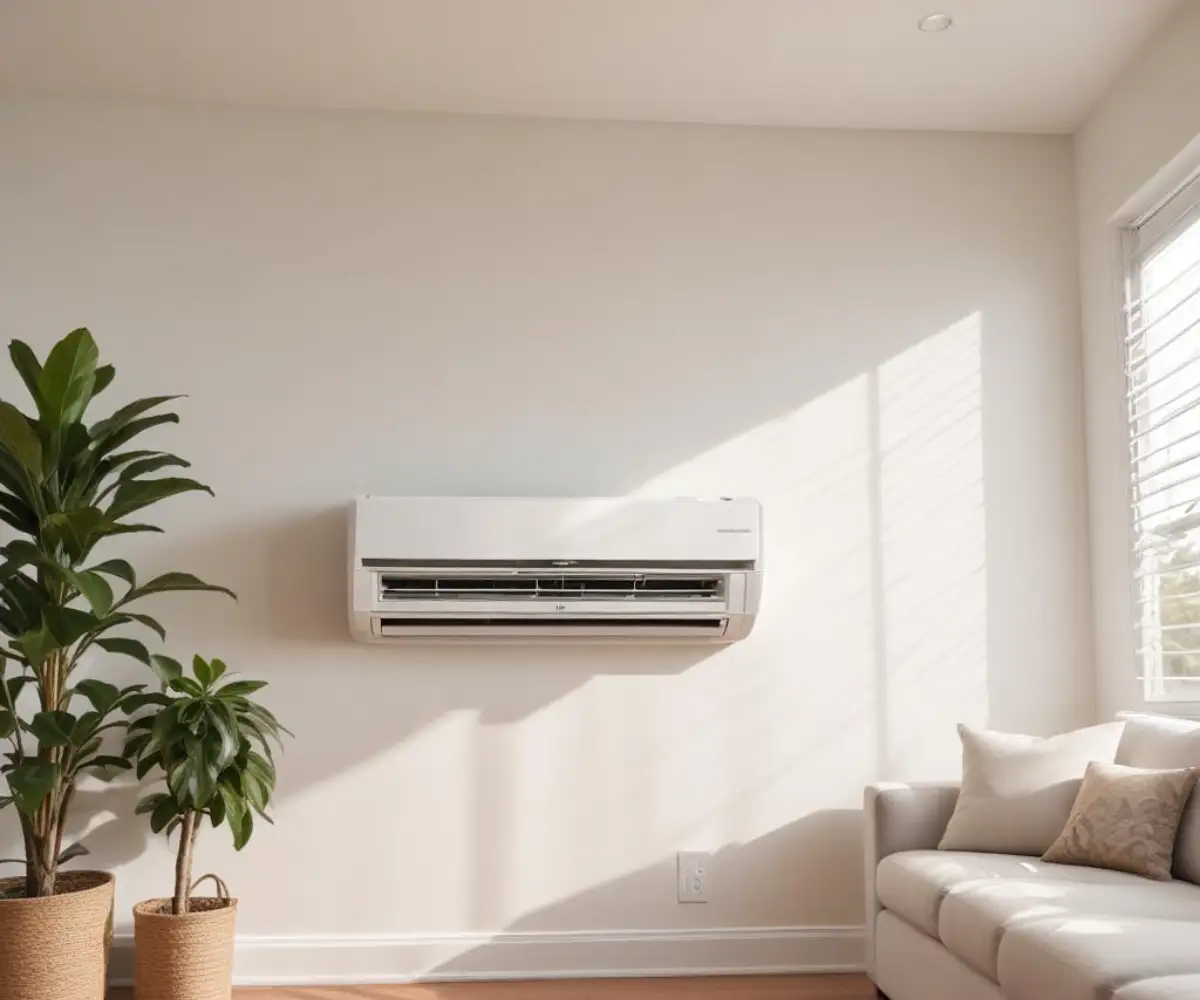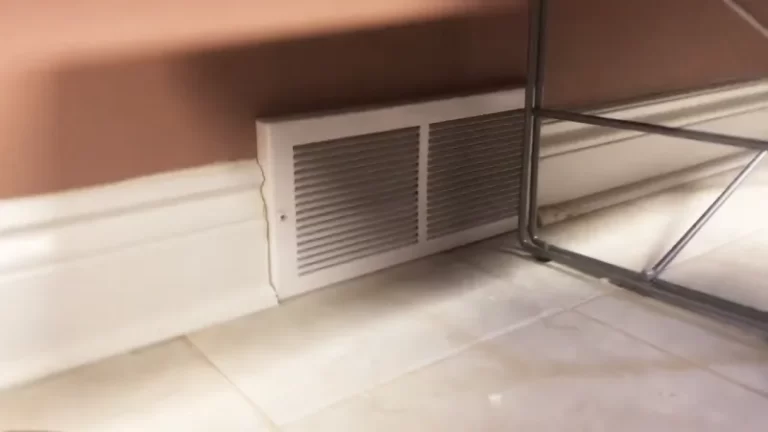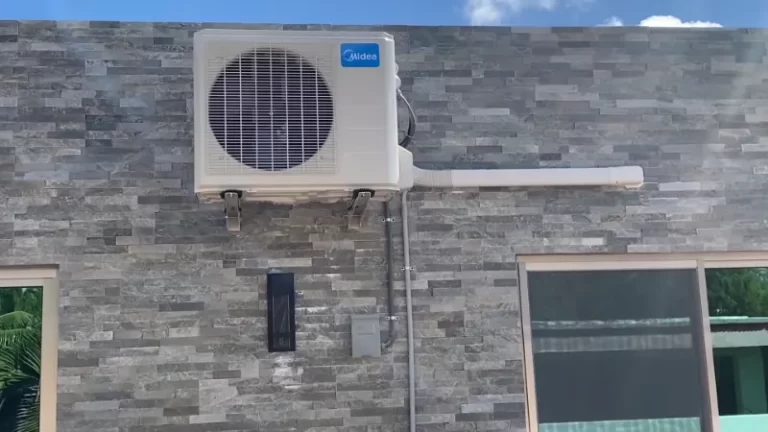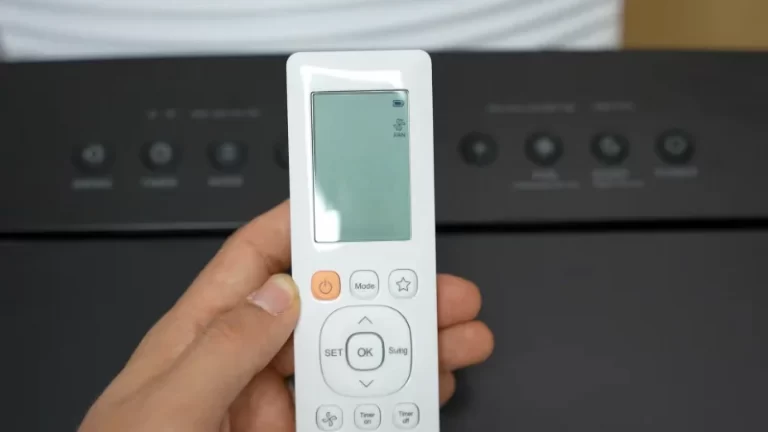Mr. Cool vs Pioneer: The DIY Mistake That Could Cost You Thousands
Choosing a ductless mini-split system is a smart move for efficient home comfort. But picking the right brand can feel like navigating a minefield. Two names constantly surface: Mr. Cool and Pioneer.
Your decision between these two HVAC giants boils down to one critical question that defines the entire experience: Who will install it? Answering this incorrectly can lead to wasted money, frustrating performance issues, and a voided warranty, turning your dream of affordable comfort into a costly nightmare.
You'll Learn About
The DIY Dream: Why Mr. Cool Dominates Homeowner Installations
Mr. Cool has carved out a unique and powerful niche in the HVAC world by catering directly to the confident do-it-yourselfer. Their biggest innovation and primary selling point is the pre-charged “No-Vac” line set. This component single-handedly removes the most significant barrier to DIY mini-split installation.
Traditionally, installing a mini-split requires specialized and expensive tools like a vacuum pump and refrigerant gauges, plus the technical skill to use them. Mr. Cool’s pre-charged lines come from the factory already filled with the correct amount of refrigerant and feature special quick-connect fittings. This design allows a handy homeowner to connect the indoor and outdoor units without needing an HVAC license or specialized equipment, potentially saving hundreds or even thousands of dollars in labor costs.
Pioneer: The Professional’s Pick with a Flexible Edge
Pioneer, on the other hand, represents a more traditional approach to mini-splits. While some homeowners do install these units themselves, they are generally designed and sold with professional installation in mind. Pioneer systems require conventional installation methods, including using a vacuum pump to remove all air and moisture from the copper line sets before releasing the refrigerant.
This requirement for professional setup is why HVAC technicians often prefer and trust brands like Pioneer. They are known for their robust build quality and reliable performance when installed to industry standards. Pioneer also often provides a wider range of models and capacities, offering more flexibility for complex projects.
Head-to-Head Comparison: Mr. Cool vs. Pioneer
The best choice depends entirely on your priorities, skills, and budget. What works for a DIY-savvy homeowner might not be the right fit for someone who wants a hands-off, professionally guaranteed installation. Understanding the core differences is key to making an informed decision.
| Feature | Mr. Cool (DIY Series) | Pioneer |
|---|---|---|
| Installation | Designed for DIY with pre-charged, no-vac line sets. | Requires professional installation with specialized tools (vacuum pump, gauges). |
| Upfront Cost | Higher unit price due to the specialized line set technology. | Generally lower unit price for comparable BTU models. |
| Total Cost | Can be lower overall due to saving on professional labor costs. | Often higher overall when factoring in mandatory professional installation fees. |
| Warranty | DIY installation does not void the warranty if instructions are followed. Limited lifetime compressor warranty is available with enrollment in a paid maintenance program. | Warranty is typically contingent on proof of professional installation by a licensed HVAC technician. |
| Energy Efficiency (SEER) | Good efficiency ratings, often up to 22 SEER or higher on their popular models. | Solid efficiency ratings, typically ranging from 17 to 23 SEER. |
| Line Set Flexibility | Comes with a fixed-length line set (e.g., 25 feet) that cannot be cut, excess must be coiled. | Line sets can be cut to a custom length by a professional for a cleaner look. |
| Best For | Confident DIYers, budget-conscious buyers prioritizing installation savings, workshops, and garages. | Homeowners who prefer professional installation, those prioritizing long-term serviceability, and projects requiring custom line lengths. |
Installation: The Single Biggest Difference
The installation process is where these two brands diverge most sharply. For many, this is the only factor that matters. Making the right choice here is fundamental to the performance and longevity of your system.
With a Mr. Cool DIY unit, the process is straightforward: mount the indoor and outdoor units, drill a hole through the wall, and connect the pre-charged lines. This simplicity is a game-changer. By removing the need for professional labor, it becomes a viable option for those looking to replace central AC with a mini-split on a tight budget. Pioneer’s installation, requiring a vacuum pump and gauges, is a job for a certified technician to ensure the system is free of leaks and charged correctly.

Performance and Efficiency: Decoding the Ratings
Both Mr. Cool and Pioneer offer models with excellent energy efficiency, measured by the Seasonal Energy Efficiency Ratio (SEER). Higher SEER ratings mean lower electricity bills over the life of the unit. Both brands offer a range of models with competitive ratings, so it’s important to compare specific units.
While both perform well in moderate climates, user reviews suggest that some of Pioneer’s budget-friendly models may struggle with heating performance in very low ambient temperatures. Mr. Cool’s DIY series, particularly the 4th generation and newer, is often praised for its solid heating capabilities in colder weather.
Warranty and Support: Your Safety Net
This is a critical, non-negotiable factor. Mr. Cool’s warranty is a major selling point because it explicitly covers DIY installation, provided you follow their instructions and register the product. They even offer an attractive limited lifetime compressor warranty if you subscribe to their recurring “Care Kit” maintenance program.
Pioneer’s warranty, like most traditional HVAC brands, typically requires installation by a licensed professional to be valid. If you install it yourself and something goes wrong, you may have no coverage. Customer support experiences for both brands can be mixed, with some users reporting delays in getting parts or responses, making the installer’s labor warranty a valuable asset when choosing Pioneer.
Cost Analysis: The True Price of Comfort
At first glance, Pioneer units often appear cheaper. A Pioneer 12,000 BTU unit might have a lower sticker price than a comparable Mr. Cool DIY model. However, this doesn’t account for the total cost of ownership.
With Pioneer, you must add the cost of professional installation, which can range from $500 to over $2,000 depending on the complexity. For Mr. Cool, the higher initial price is often the final price, aside from basic electrical work. You must calculate both the unit cost and the installation cost to see which brand truly offers better value for your situation.
The Hidden Factor: Long-Term Reliability and Parts
Beyond the initial purchase and installation, consider the life of the unit. What happens in year seven when a fan motor fails or a control board gives out? This is where the landscape gets more complex. Some HVAC professionals are reluctant to work on DIY-installed units like Mr. Cool, which could leave you struggling to find service.
Pioneer, being a brand more familiar to the professional trade, may offer easier access to parts and service through HVAC supply houses and contractors. While both brands are generally considered reliable, online forums contain reports of issues with both, from refrigerant leaks in Pioneer units to recurring error codes in Mr. Cool systems. Researching the availability of service professionals in your area who are willing to work on either brand is a wise step before purchasing.
Which Mini-Split is Right For Your Home?
The decision ultimately comes down to a trade-off between installation ease and professional assurance. Neither brand is universally “better”—they simply serve different customers with different needs.
Who Should Buy a Mr. Cool DIY?
Mr. Cool is the ideal choice for the confident and capable DIYer. If you are comfortable with basic electrical work, can follow technical instructions precisely, and want to save the maximum amount of money on installation, this is your brand. It’s an excellent solution for garages, workshops, additions, or even whole homes if you’re up for the task.
Who Should Buy a Pioneer?
Pioneer is the better option for homeowners who prefer a professional, hands-off installation with a labor warranty from the installer. If you value the peace of mind that comes with knowing an expert handled the critical refrigerant connections, or if your project requires a cleaner look with custom-length lines, Pioneer is a solid, budget-friendly choice. It’s also perfect for spaces where efficiency is paramount, like a sunroom that needs consistent climate control, a project you can learn more about in our guide to sunroom replacement panels.
Ultimately, the battle of Mr. Cool vs. Pioneer is won by the buyer who honestly assesses their own skills, budget, and priorities. For the DIYer, Mr. Cool offers an empowering and cost-effective path to comfort. For those who prefer a professional touch, Pioneer delivers reliable performance and value.



